Landscape architects work at a slow pace. While your projects and deadlines might argue, the design and construction process seems like molasses when compared to the speed of today’s world. Some would argue that to keep up with this unrelenting velocity, we have forgotten that being slow allowed us to be more methodical and precise. Others say that in order to stay relevant, we should broaden our scope to quickly fight global problems like climate change, sustainability, and social issues. Still, others worry that our unrelenting focus on ecology has made us forget the art and beauty that design brings to the built world.

LAF’s New Landscape Declaration wants you to realize landscape architecture’s potential. Image Courtesy of lafoundation.org
Our industry’s leading pioneers want us to do a lot of things to rapidly respond to what they perceive as threats to both our planets and our livelihoods. All have strong opinions on how to go about it. However, their frustration seems to unanimously find the same fault for many of these problems – we are slow.
We will probably be the last pertinent profession to fully integrate BIM, despite efforts by certain individuals and software developers to bring us into the fold. Most firms that see the writing on the wall are just now making the capital investments to train their workforce, or at least considering it for the future. Until we are able to sit at the table with other trades and work in their native language, we will continue to be marginalized in both scopes and fees. We need to consider this as more than a trend and a more likely reality.
No BIM program is the perfect solution. via Autodesk University
Along these lines, if you haven’t been introduced to the term Anthropocene, then consider yourself in the minority. Though the term is used to bludgeon us with the notion of human dominated influence on the environment (mostly on those that don’t need convincing), the idea behind it has sparked a debate in the scientific community on proper nomenclature that no one except the scientific community cares about. Is the really the Anthropocene or is it not? Does it even matter what we call it? Expect the slow debate on what to designate our current predicament as to continue until long after it matters what clever vocabulary we use to describe the state of the planet.
“Where are all the flying cars?” asked the disappointed Baby Boomer. Yeah! Where are those cars? As much as we may try to predict the future trends, it is really impossible to be certain what will make the most dynamic change in our daily lives and at what pace. For today’s generation, it has been the internet and digital economy. Will the next big thing be self-driving cars? Green infrastructure? Artificial intelligence? The sharing economy? The internet of things? Drone delivery? (No. The answer is no to that last one.) We need to be able to react to these trends now in real-time – considering how landscape fits into each and how to apply our unique brand of stewardship and design. You can be sure that we will react… probably slowly.

Examples like the 11th Street Bridge in DC are supposed to set precedents for green infrastructure.
We need to be able to react to these trends now in real-time – considering how landscape fits into each and how to apply our unique brand of stewardship and design. You can be sure that we will react… albeit slowly. The main issue seems to be that we can no longer afford to adapt at this pace. The Earth used to react slowly too. Taking each scar with a smile and spinning along. Most believe that along with technology, the planet will continue to change at an exponential pace. We can’t be as slow as we used to. The future of landscape should be fast.
This blog post is a part of Design Blogger Competition organized by CGTrader
—
Benjamin Boyd is a landscape architect practicing in Baltimore, Maryland. Check out his profile on Goodreads to see what he has been reading. Ben often tweets about landscape at @_benboyd.




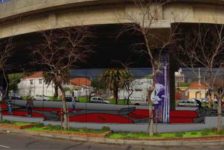
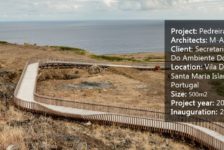
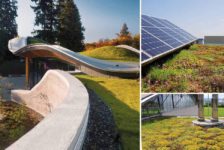


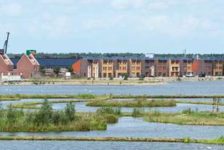

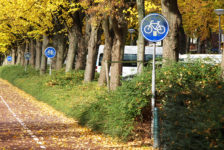
Nathan Qualls
Another software vendor that would be worth mentioning in-line with landarchbim.com and Vectorworks is Keysoft Solutions. Their product, KeySCAPE LandCADD, has been helping landscape architects in the UK meet their BIM Level 2 mandate for federal projects. Might be worth a look!